Library and Archives
Monthly Archive: December Libr
In the Shadow of the Volcano: The Discovery of Pompeii
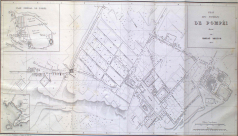
In 79 CE Mount Vesuvius erupted violently. Pliny the Younger, in his eye-witness account of the event, describes earthquakes, towering plumes of hot ash, and skies filled with fire.
Beautiful Bugs! A New Acquisition
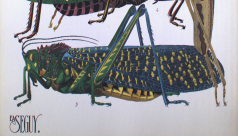
The ROM Library has recently acquired an edition of E. A. Séguy’s Insects, published in the 1920s. The book contains highly coloured and detailed full-page illustrations of insects, executed in the expensive pochoir printing technique favoured at this time.
The Wildlife Photographer of Yesteryear

The Wildlife Photographer of the Year competition is celebrating its 50th year, and the exhibition showing this year's outstanding images of the natural world opened at the ROM last week. Wildlife photography has a history nearly as long as the medium itself.
Modern Design for a Modern World: Art Deco in Paris
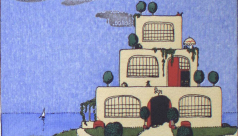
In the years between the World Wars a new design style emerged which embraced the imagery of industrialization. This style, known as Art Deco, responded to the social and technological developments that had come out of the First World War, and celebrated all things modern.
Staying in Style: Books on Fashion
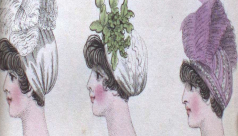
October saw another Fashion Week in Toronto come and go - one of many events that mark the seasons of the fashion calendar.
Franklin Found! Clues in an Arctic Mystery
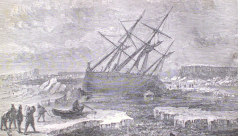
The recent discovery of one of the Franklin expedition’s lost ships has provided new evidence in a mysterious chapter in early Arctic exploration.

